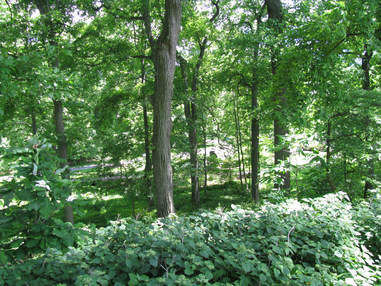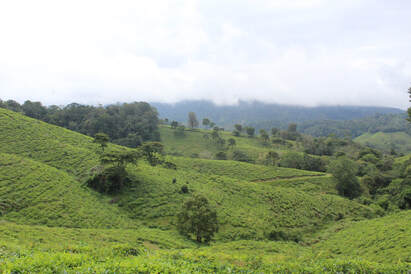Work in our lab seeks to understand the processes that underlie population and community structure and dynamics of forests. For this, we use a combination of approaches to explore how processes, occurring at different spatial-temporal scales, interact with each other and the environment to determine the function and stability of forest systems. Below are some examples of our current research interests develop in the lab:
Tree demography and functional traits

Most of our research centers on exploring the processes that drive the structure and dynamics of plant communities by modeling individual demographic rates in temperate and tropical forests. This aspect of our work has utilized plant functional trait information to investigate the critical linkages between phenotypes, demography and the environment. Plant functional traits have been used extensively over the past decade to elucidate links among phenotypes to demographic performance, with the hope that this will ultimately lead to new insights into community structure and dynamics.
Forest fragmentation in the tropics

Species respond to their environments on different spatial and temporal scales, and the ecological processes that are most relevant to these responses also vary across scales. Focusing on a single scale may lead to incomplete or incorrect predictions regarding the future of our ecosystems. Thus, we are interested in using multi-scale approaches to understand the effects of local and regional processes on tree demographic as well as plant functional responses to forest fragmentation
